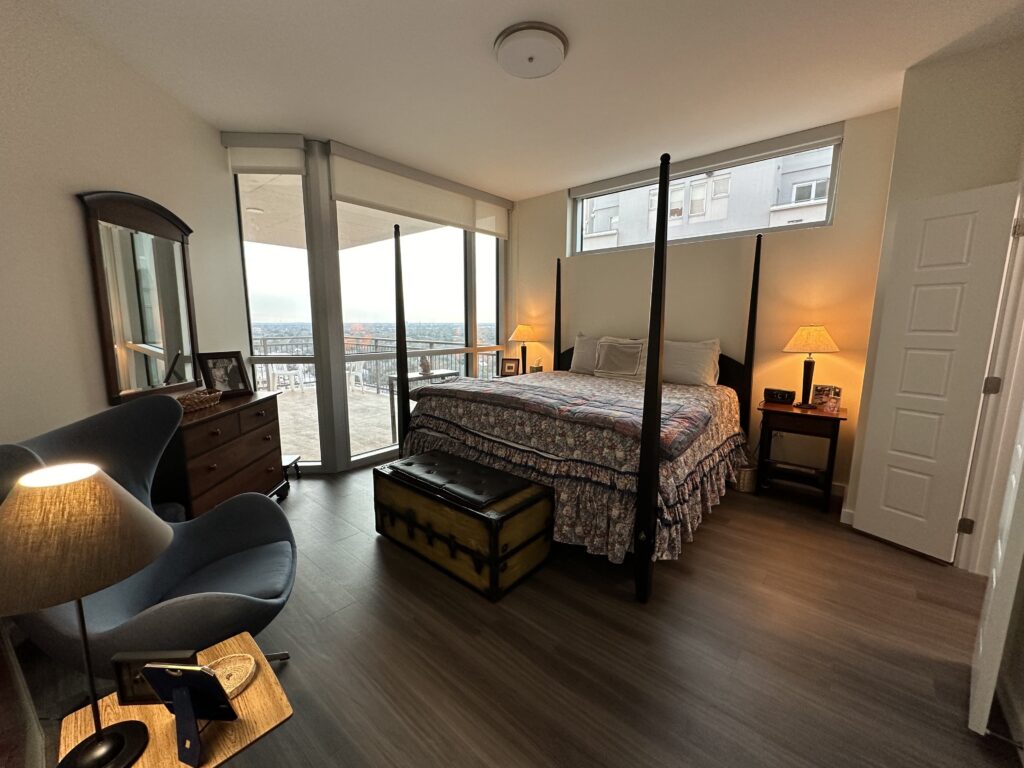As people age, deciding where to live becomes an important consideration. For many seniors, the choice comes down to two main options: aging in place at home or moving to a retirement community. Both have their benefits and challenges, and the right decision depends on personal preferences, health needs, and lifestyle goals. Let’s explore the key factors to help you make an informed choice.
What is Aging in Place?
Aging in place means staying in your current home as you grow older. Many seniors prefer this option because it allows them to remain in a familiar environment. However, it often requires modifications and support services to ensure safety and convenience.
Pros of Aging in Place:
- Familiarity with surroundings and neighbors
- Greater control over daily routines
- Avoidance of the emotional strain of relocating
Cons of Aging in Place:
- Home modifications, such as grab bars or ramps, may be necessary
- Access to medical care and social activities may be limited
- Increasing reliance on in-home care services as needs evolve
What Is a Retirement Community?
Retirement communities are designed to support the unique needs of seniors, offering a range of living arrangements from independent living to assisted care. These communities often include amenities like fitness centers, dining options, and social activities.
Pros of Retirement Communities:
- Access to healthcare and support services
- Opportunities for social engagement and activities
- Maintenance-free living with no need to worry about chores like landscaping or repairs
Cons of Retirement Communities:
- Monthly costs can be higher than staying at home
- Adjusting to a new environment can be challenging
- Less privacy compared to living independently
Key Factors to Consider
1. Health Needs
- Aging in Place: Suitable for those with minimal health concerns or manageable conditions.
- Retirement Community: Ideal for seniors who require regular medical care or assistance with daily activities.
2. Social Connections
- Aging in Place: Seniors may need to actively seek out social opportunities to avoid isolation.
- Retirement Community: Built-in activities and community living foster socialization.
3. Financial Situation
- Aging in Place: Costs depend on home modifications, in-home care, and property upkeep.
- Retirement Community: May have higher upfront and monthly fees but often includes bundled services.
4. Mobility and Accessibility
- Aging in Place: Homes may need retrofitting to accommodate mobility limitations.
- Retirement Community: Designed for accessibility with features like elevators and wheelchair-friendly layouts.
5. Lifestyle Preferences
- Aging in Place: Offers more freedom to maintain individual routines and privacy.
- Retirement Community: Provides opportunities to participate in organized activities and meet new people.
Which Option is Right for You?
The decision often comes down to personal priorities. If you value independence and feel your current home can meet your needs, aging in place may be best. On the other hand, if you prefer a more supportive environment with access to amenities, a retirement community could be the better choice.
Ready to Make the Move?
Whether you’re considering aging in place or transitioning to a retirement community, New Thresholds can help make the process smooth and stress-free. Our senior move management services provide expert guidance and support to help you or your loved ones plan for the future. Contact us today to learn more and take the next step!

